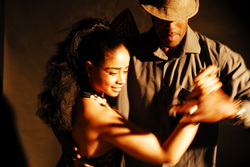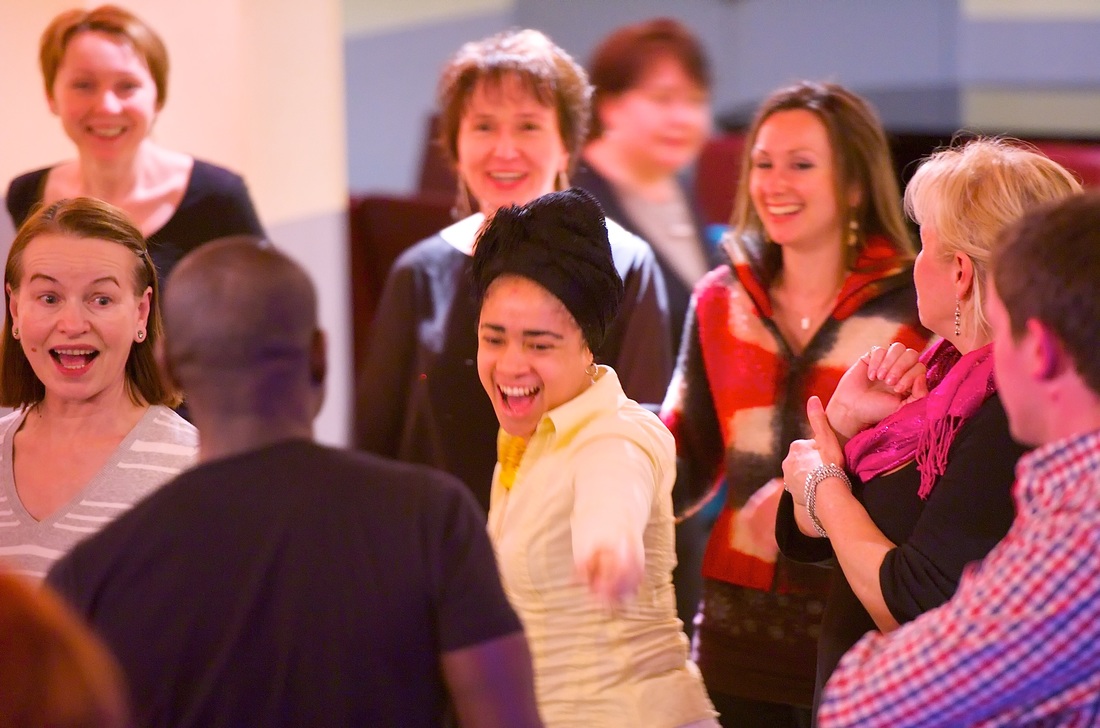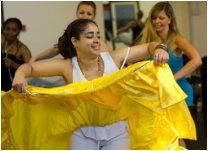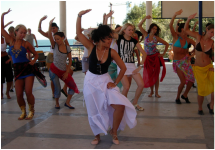SON course starts Tuesday 30th March 2021,
@6.30pm (UK-Time) -No partner needed
Learn to dance or improve your Son Cubano, style and techniqueDancing is one of the best ways to relieve stress and bring happiness to your life. We offer Son classes that are full of fun along with great technique.
What you will learn
Why dance with us?Get it right from the beginning !
We focus on posture, technique, musicality and more. Classes are designed to help you work on posture, technique, connection, musicality and eventually exciting moves to make your dance more versatile, fluid and enjoyable....Lots of tips, movements are breakdown into detail. Classes are currently ONLiNe, in the comfort of your home. You don't required lots of space You don't need a partner 6weeks , block payment available What is SON CUBANO?
Son cubano is a genre of music and dance that originated in the highlands of eastern Cubaduring the late 19th century. It is a syncretic genre that amalgamates elements of Spanish and African origin. Among its fundamental Hispanic components are the vocal style, lyrical metre and the primacy of the tres, derived from the Spanish guitar. On the other hand, its characteristic clave rhythm, call and response structure and percussion section (bongo, maracas, etc.) are all rooted in traditions of Bantu origin.[1] Around 1917 when the Danzon was the most popular national dance in Cuba, a new musical style known as the Cuban Son appeared in Havana. The Son was accepted with such enthusiasm that soon it became very popular without taking anything away from the Danzon. The Danzon, which had been the national dance of Cuba since 1879, could be found everywhere from the popular dance halls to upper class social clubs. The Son had the same elements as the Danzon but was different in its form. It is due to the Son that the African instruments came to light to animate the orchestras that were prevalent and typical at the time in Havana. These instruments exposed the deep currents of African rhythms in Cuba brought over by the slaves on their painful journey from Africa. Although the Son was accompanied only by percussion it also had its own distinct music and sound. However, in the Son, it is the rhythm that is most prominent. The Son originated in the Eastern region of Cuba, known as the Oriente Provence, among the country folk. This was probably due to the influence of the freed African slaves that arrived shortly after their emancipation from the French in Hispañola (now Haiti and the Dominican Republic.) It was around this time that several other instruments also appeared. The bongos (which are pressed between the knees and struck with one or more fingers), the marimbula, the quijada, the timbales criollos, the cowbell (which is played using a small metal bar), the botijuela (a wide earthen jar which is played by applying ones lips and blowing air through the thin opening at its neck) and the diente de arado (which sounds like a deep cowbell), were all introduced into popular Cuban music through the Son. Cubans also discovered the musical potential of a type of hardwood used for building boats, and from this the claves were born. The claves are a pair of cylindrical wooden sticks which when struck together produce a metallic sound that rises above all other instruments. The claves are the key to keeping the rhythm of the Cuban Son, and they also direct the dancers footsteps. In addition there are the palmadas (hand claps) as well as the guiros, the maracas, the guitar and its derivative, a Cuban innovation known as the tres. This is the battery of rhythmic instruments that have accompanied the Son since it came into being in 1920 and lasted until 1930. In Havana, the trumpet was also added to the Son. The botijuela was replaced by the double bass, and the claves kept the rhythm with the bongo drums. Various foreign composers that visited Cuba and heard the typical way of playing the Son were impressed with its rhythm. One of them, the American composer George Gershwin, incorporated the Son written by Ignacio Piñero entitled "Echale Salsita" as the principal theme for his work Opertura Cubana. The Sons which were maintained in their purest form came from the Oriente Provence. These Sons were mainly influenced by French blacks who came from Santo Domingo. The composers from Havana sometimes produced Sons closer in form to the Canción. The form of the Son is not complicated. It consists of the repetition of a chorus (el estibio) of four bars that since the beginning have been known as the Montuno, a chorus sung in response to a soloist. In its purest form it consists of the "largo" and the "montuno." The largo is initially recited in a single voice and is followed by the call and response of the percussion and voices in the "montuno". There is evidence that suggests that the Son was born at the end of the nineteenth century in the mountains of the Oriente Provence and acquired its distinctive musical personality in Havana in the 1920s. Some musicologists attribute the Son’s arrival in Havana to members of the Cuban army from the Oriente Provencethat were transferred to Havana and the Matanza Provence. It should be noted that this popularity was defined by the formation and success of the SextetoHabanero, the many prizes they received, their trips abroad, their recordings, their famous Sons and their participation in many popular films. Although it appeared between 1917 and 1920, this form of call and response already existed in the Son, "Ma Teodora" which was composed by the elder of the Gines sisters, Teodora. It is almost certain that is the first Son ever to have been written down, although the notable musicologist Eduardo Sanchez de Fuentes has stated that it has a decided aboriginal influence based on the form of the Areito found by Christopher Columbus in Cuba and danced by the native peoples. It should be noted that this Son was composed by Teodora Gines on her "bandola" in the region of Baracoa which coincides with the fact that the Son as we know it was born in Baracoa Oriente. The musical movement of the Son was so creative and convincing that it was capable of producing its own instruments, interpreters, authors and even its own original choreography. |
Son course, stars 16th February! |
No dance partner neededCome on your own or join us with a group of friends.
|
All dance levels welcome |
Flexible payment optionsWhether you want to join us for a single class or pay for a few weeks with a discount.
|
Start your Cuban Son experience with one of these classes option below
Direct Transfer info
We operate a ticket-free scheme. Your name will be registered on our list at the door. If you prefer to the a transfer please email us with your name and class name or fill up the booking form at the end of the class you selected page.
Please make transfer to: Name: Cuban School of Arts Branch: HSBC Sort code: 40-02-17 Account: # 21570412 DON’T MISS OUT! Sign up now! *Payment are not refundable neither transferable. **There are limited spaces available on this course. ***Drop in needs to be transfer minimum of 24hours in advance |
Online PaymentLearn to dance or improve your SON Cubano and Body movement technique with this exciting course
note: Suitable for Beginners !!! Check a selection of our other beginners courses No dance partner needed !!!!! Scroll down for further info !!!!! |
Time & LocationONLiNe
Tuesday: 18:30 - 19:30 |
TestimonialsWao!! This is a challenging and uplifting course. The best Son course in London by far. Genuine Cubano. A plus for the detailed explanation, musicality and background history. Definitely will recommend it. I love you Damarys! Your classes are absolutely amazing. Beautifully thought, structured and grate pace. You break down the steps and body isolation very well. I love it. |





